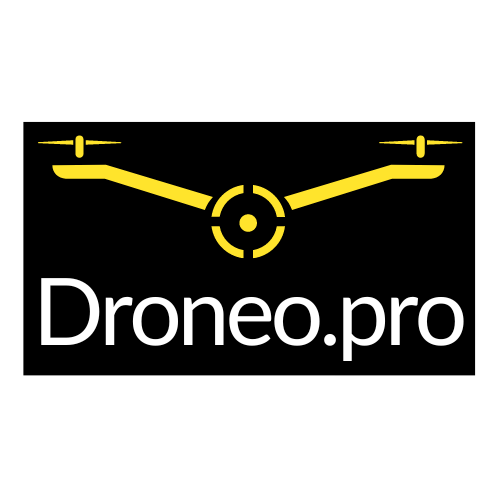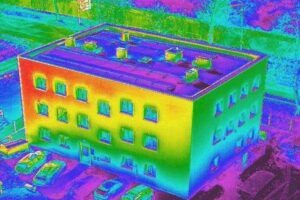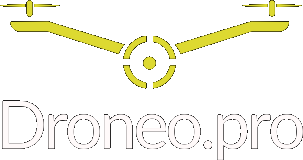
Drone laws and regulations in Europe
- Categories Bez kategorii
- Date 2024-02-01
In recent years, the popularity of drones has soared, with enthusiasts around the world. However, as drones become more popular in Europe authorities have implemented stringent regulations to ensure safety, privacy, and security. As we know – figuring out all the different drone laws in Europe can be tough, we prepared an article that will help you understand the basic laws regarding the use of drones.
Categories of Drones
The European Union Aviation Safety Agency (EASA) categorizes drones based on their weight and intended use into three main categories: Open, Specific, and Certified. Each category has its own set of regulations and requirements.
Open Category: Covers drones with a maximum takeoff mass (MTOM) of less than 25 kilograms. Subdivided into subcategories based on the level of risk, ranging from A1 (lowest risk) to A3 (highest risk).
Specific Category: Operations in this category require an operational authorization.
Certified Category: Applies to drones designed to be operated similarly to manned aircraft, subject to stringent certification and operational requirements.
Key Regulations
Registration: In many European countries, drone operators must register their drones with the national aviation authority or a designated agency before flying.
Remote Identification: Some European countries mandate the use of remote identification systems for drones to enhance their accountability.
Geo-Fencing: Many drones are equipped with geo-fencing technology to prevent them from entering restricted airspace, such as airports or sensitive areas.
Flight Restrictions: Certain areas, such as airports, military installations, and other populated areas, are off-limits to drone operations.

European Union Regulations
The European Union prepared drone regulations to ensure consistency across member states. Here’s an overview of the key provisions:
Drone Operator Registration: Operators must register themselves and their drones with the national aviation authority.
Remote Identification: Drones must be equipped with remote identification systems to provide identification and location information to authorities.
Training and Certification: Operators of drones in the Specific and Certified categories must undergo training and obtain relevant certificates.
Navigating the Regulatory Landscape
Here are some tips for navigating the regulatory landscape:
-
Research: Thoroughly research the regulations applicable in the country where you plan to fly your drone. Familiarize yourself with local rules, registration requirements, and any restricted areas.
-
Stay Updated: Regulations surrounding drones are constantly evolving. Stay informed about changes in regulations issued by aviation authorities.
-
Training: Invest in training programs or courses to enhance your knowledge of drone operation, safety procedures, and legal requirements.
-
Safety First: Prioritize safety at all times – maintain visual line of sight with the drone, and avoid flying in adverse weather conditions.
-
Respect Privacy: Be mindful of privacy concerns when capturing images or videos with your drone. Respect individuals’ privacy rights and avoid flying over private properties without permission.
By understanding the categorization of drones, key regulations at both EU and national levels, and adopting best practices for compliance, drone operators can navigate the regulatory landscape with confidence and enjoy the exhilarating experience of flying drones while respecting legal boundaries. Remember, with great technology comes great responsibility – let’s soar to new heights responsibly and safely.

You may also like

Thermal Imaging Drones: Revolutionizing Search and Inspection

Best drones for beginners – open category

